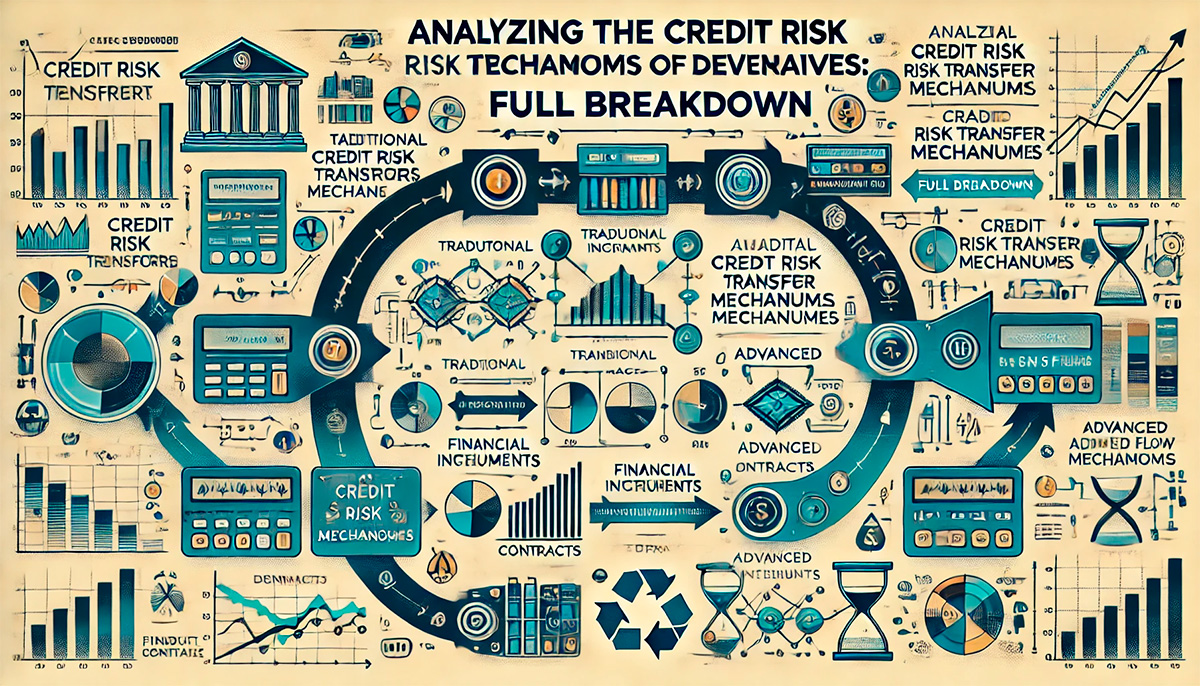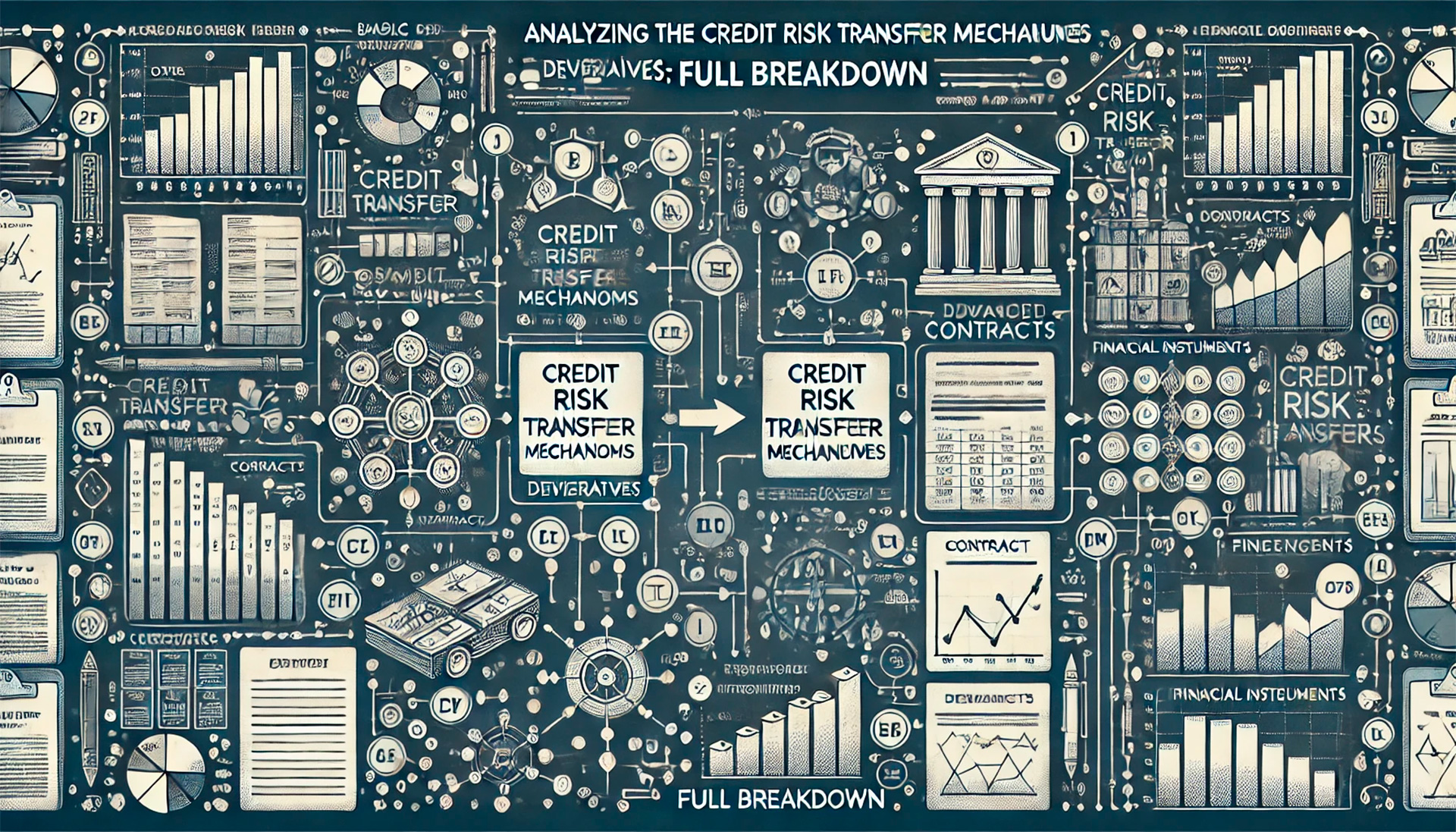Applying Logistic Regression in Predicting SME Credit Risk
Applying logistic regression in predicting SME credit risk offers a transparent and interpretable approach. Key factors like financial indicators, order data matching degree, and business concentration primarily influence risk assessment. While not as accurate as machine learning models like ANN or Random Forest, logistic regression shines in its simplicity and ability to explain lending decisions clearly. This makes it ideal for industries where regulations demand clear credit decisions.
Comparing logistic regression to other models, it’s evident that logistic regression prioritizes interpretability over sheer accuracy. Hybrid models that combine logistic regression with ANN, such as two-stage hybrid models, balance both, enhancing predictive power without compromising transparency. This combination provides a more detailed risk profile, making lending decisions more informed and justifiable.
For government funding and supply chain finance, logistic regression enables efficient and transparent credit risk management. It predicts default probabilities by analyzing a mix of financial and non-financial data, leading to optimal allocation of resources. By incorporating individual SME characteristics, a random effects logistic regression model further refines these predictions. Overall, logistic regression ensures SMEs receive support while minimizing default risks, ensuring a balanced approach to credit risk.
What Are The Key Factors Influencing Sme Credit Risk In Logistic Regression Models?
The key factors influencing SME credit risk in logistic regression models include a few essential elements that you should focus on.
Firstly, financial indicators such as solvency, profitability, and asset structure efficiency directly reflect an SME’s financial health and its ability to repay loans. Understanding these will give you a clear picture of the financial stability of the business.
Another critical factor is the order data matching degree, which measures how well the orders align with the financial activities and contracts of the SMEs. A higher degree here usually means lower risk.
You should also consider the contract enforcement ratio and defaults. The ratio of contracts enforced versus the number of defaults can help gauge the reliability and commitment of an SME to honor its agreements.
Additionally, business concentration is significant. A higher degree of business diversification typically reduces credit risk, as it implies the SME isn’t overly reliant on a single income source.
Administrative penalties play a role too. The number of penalties an SME has received can indicate a higher risk profile, suggesting possible operational or compliance issues.
Lastly, transaction credit and reputation in the market are crucial. Consistent transaction credit and a good reputation often translate to lower credit risk.
Finally, focusing on these variables will help you better assess and manage SME creditworthiness. By using logistic regression, you can predict default risks and financial distress more accurately, empowering you with actionable insights.
How Does Logistic Regression Compare To Other Models In Predicting Sme Credit Risk?
Logistic regression is a popular choice for predicting SME credit risk due to its simplicity and high interpretability. You can easily follow its use of log odds to classify outcomes, making it ideal under strict regulations where you must clearly explain lender decisions.
However, if you’re comparing logistic regression to modern machine learning models like random forests, support vector machines (SVMs), and neural networks (ANNs), you’ll notice it can lag in predictive performance. Studies show that ANNs and hybrid models integrating logistic regression and ANNs often outperform pure logistic regression models in accuracy, especially when handling complex data patterns.

Enhanced models like penalized logistic tree regression (PLTR) and modified profit-based logistic regression (MPLR) aim to improve logistic regression by incorporating decision tree elements or focusing on profit maximization. These models offer better accuracy and interpretability, but still fall short of the raw predictive power seen in ensemble methods like random forests.
In closing, while logistic regression remains a solid and interpretable tool for credit risk prediction, exploring hybrid or advanced machine learning models can significantly boost accuracy and decision-making in high-stakes financial environments.
What Is The Significance Of Logistic Regression In Supply Chain Finance For Smes?
Logistic regression is significant in supply chain finance for SMEs because it helps predict credit risk by analyzing financial and non-financial data. You can use logistic regression to gain the following benefits:
- Risk Assessment: By assessing the probability of default, you can understand the likelihood of SMEs defaulting on loans.
- Efficiency: Logistic regression allows quicker, more informed lending decisions, streamlining your financing process.
- Cost Reduction: Accurate risk prediction lowers the cost associated with defaults and collections for financial institutions.
- Credit Availability: You often struggle to get financing due to high perceived risks. Logistic regression provides a clearer risk profile, easing fund access.
- Enhanced Decision-Making: Combining logistic regression with other AI techniques improves predictive accuracy and decision-making efficiency.
Overall, logistic regression enhances your SME credit risk assessments, aiding in effective financing and easier access to necessary capital.
How Can Logistic Regression Be Used To Manage Government Funding For Smes?
You can use logistic regression to manage government funding for SMEs by predicting which SMEs are likely to default on their loans.
First, develop a logistic regression model using both financial and non-financial data from the SMEs. This model helps in predicting the likelihood of default for each SME. Include various factors such as profitability, debt level, repayment capacity, size, and managerial maturity in your data set to create a more accurate prediction model.
Consider implementing a random effects logistic regression model to account for individual characteristics of each SME and any uncertainty not explained by these characteristics. Incorporate the presence of a government credit guarantee as this can significantly boost an SME’s chances of receiving funding. Enhance your model’s accuracy by using external public credit data like basic information, government credit details, and court verdicts.
As a final point, effectively predicting SMEs’ default risk using logistic regression helps you better allocate and manage government funds, reducing default rates and ensuring that the most viable businesses receive funding.
What Role Does Logistic Regression Play In Ensuring Transparency In Credit Risk Prediction?
Logistic regression plays a crucial role in ensuring transparency in credit risk prediction. It provides you with clear insights into the factors influencing credit decisions by predicting the likelihood of a borrower defaulting on a loan. Here’s how it ensures transparency:
- Interpretability: Logistic regression models offer you high interpretability. You can easily understand how each variable, like income or credit history, affects the probability of default. This helps you identify influential factors and adjust lending criteria accordingly.
- Monotonic Relationships: In the credit industry, you must adhere to regulatory requirements that demand a monotonic relationship between predictors and the target variable. Logistic regression ensures that as a customer’s risk increases, the predictor variable maintains a consistent increase or decrease.
- Adverse Action Reasons: When an application is rejected, logistic regression models can pinpoint the specific variables that led to the decision. This clear reasoning is vital for your compliance with regulations that require lenders to provide decline reasons.
- Risk Score Segmentation: By using logistic regression, you can segment applicants into different risk buckets based on their predicted probability of default. This helps you make informed decisions regarding loan approval and interest rates.
- Proven Track Record: Logistic regression is a well-established technique with a long history of use and validation in credit scoring. Its stability and consistency help you maintain reliable lending decisions over time.
To sum up, logistic regression is vital for ensuring transparency in credit risk prediction by providing you with interpretability, regulatory compliance, clear reasoning for adverse actions, effective risk segmentation, and a proven track record.
